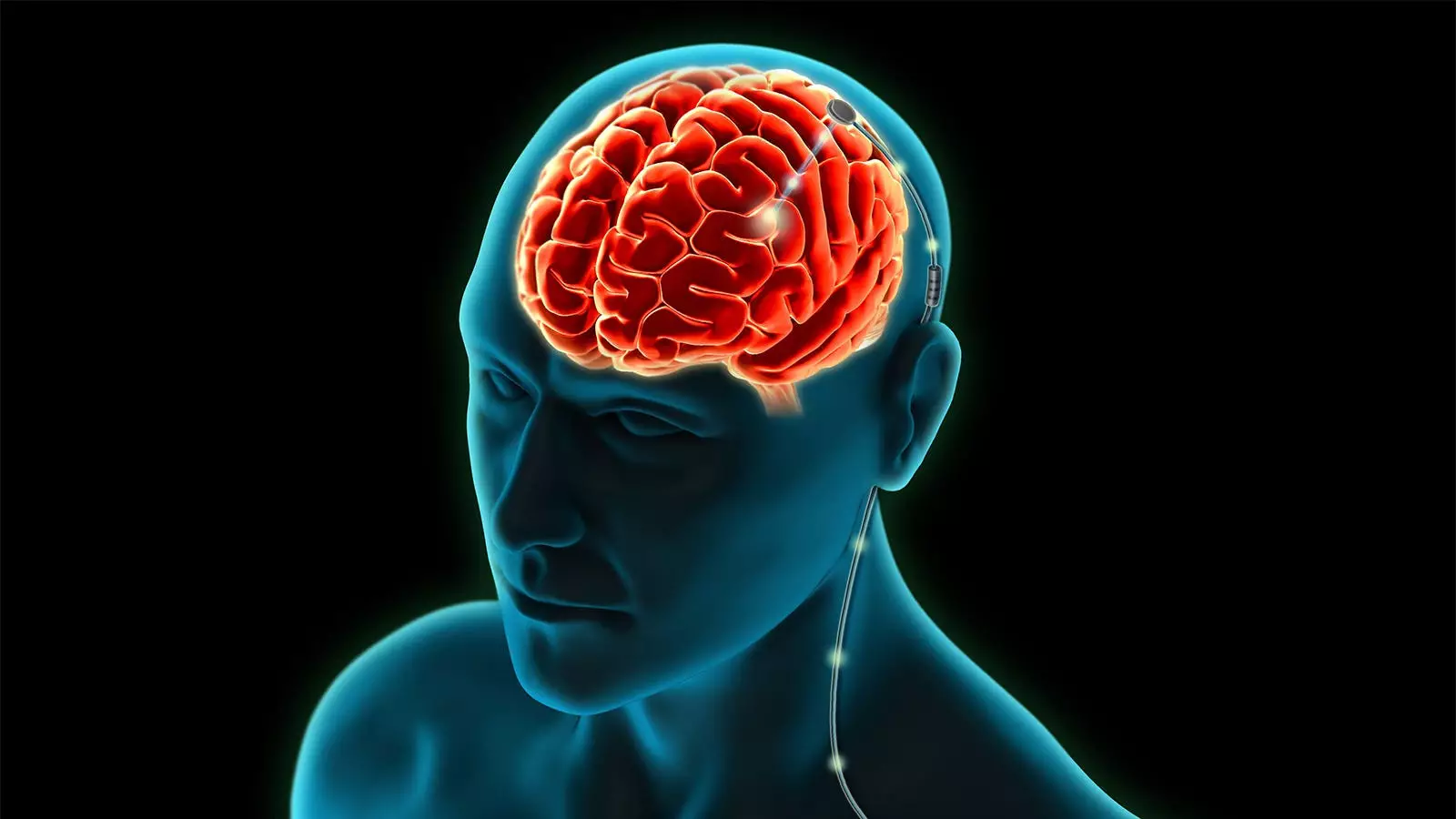Parkinson’s disease is a debilitating condition that affects millions of people worldwide. Traditional treatments, such as deep-brain stimulation (DBS), have shown some success in managing motor symptoms. However, a recent pilot study has suggested that adaptive DBS using personalized neural signals may be more effective in reducing the duration of symptoms and improving quality of life in Parkinson’s patients.
The pilot study, conducted by researchers at the University of California San Francisco, involved four patients with Parkinson’s disease. These patients experienced a 50% reduction in the duration of motor symptoms when receiving adaptive DBS compared to conventional DBS. The most bothersome symptoms, such as involuntary movements or difficulty initiating movement, were significantly improved with adaptive DBS.
Unlike conventional DBS, which delivers constant stimulation parameters, adaptive DBS is designed to sense Parkinson’s symptoms before they occur and adjust the amount of stimulation accordingly. This personalized approach aims to control residual symptoms without exacerbating others, ultimately improving the quality of life for patients living with Parkinson’s disease.
Implications for Future Research
While the findings of this pilot study are promising, the sample size was small, and further research is needed to validate the efficacy of adaptive DBS in larger clinical trials. The researchers emphasized the importance of automating the sensing and stimulation algorithm to improve the scalability of adaptive DBS for use in Parkinson’s and other neurologic disorders.
Adaptive deep-brain stimulation using personalized neural signals has shown potential in improving motor symptoms and quality of life for Parkinson’s patients. This innovative approach represents a significant advancement in the treatment of Parkinson’s disease and may offer new hope for those living with this chronic condition. Further research and development are needed to fully realize the benefits of adaptive DBS in clinical practice.


Leave a Reply